Do you remember the killer whale Willy from “Free Willy”? He undoubtedly evokes only positive feelings. In our worldview, it is common that killer whales are like the pandas of the ocean – beautiful, nice and harmless animals. The situation is different with sharks – they have an exceptionally bad reputation thanks to “Jaws”. And what if I told you that reality is completely different from what Hollywood productions present? And that as sailors and divers, we love sharks, have dove with them many times, and tremble when we see an orca on the horizon because of frequent orca attacks?
Orca attacks around Gibraltar Strait
If you sail, you have certainly heard about orcas attacking yachts around Gibraltar Strait. Maybe you have even had to navigate through these areas? Non-sailors may have heard about the orca attacks in the news, because when a killer whale sinks a yacht, it is usually mentioned there.
In this article, we will try to explain what the deal is with killer whales attacking yachts. What orcas do in the Gibraltar area, why do they attack yachts and what do such attacks look like? And above all, we will share with you our knowledge and experience, how to protect yourself from such an orca attack and how to behave when an attack does occur.
Basic facts about killer whales
Let’s start with what orcas are. Killer whales (Orcinus Orca) are cetaceans from the delphinidae family. Contrary to its name, killer whales are not whales! In fact, they are the largest dolphins in the world. They are apex predators, which means that they have no natural enemies in nature. Orcas inhabit both the open oceans and coastal waters. They can weigh up to 11 tons and live up to 90 years!
The population of killer whales is divided into sub-populations. Each one has slightly different behavior, diet, social structure and area that they live in. Today we will try to describe one of these sub-populations – Iberian Orcas.
Iberian Orca
The Iberian Orca is a very small sub-population of the oceanic killer whale. It consists of 3 pods, which together number about 40-45 individuals. These pods visit the Iberian Peninsula every year and are responsible for destroying yachts.
The main reason for the presence of killer whales in this area is the bluefin tuna – the basis of their diet. Killer whales follow the migration of tuna, which seasonally moves from the cold waters of the North Atlantic south to the Mediterranean Sea. Every year, in spring, tens of thousands of tuna cross the Strait of Gibraltar towards the Mediterranean Sea to reproduce. When spawning ends in late summer, the tuna, together with their young, travel the same route again, this time towards the Atlantic. And there again, killer whales are waiting. They can cover a distance of 120 miles a day at a speed of 6 knots to catch their prey.
The migration route of the tuna coincides with the area where the killer whales are. In spring, when the tuna crosses the Strait of Gibraltar, the most orca attacks on yachts are recorded in this area. In late summer and autumn, together with the tuna migrating north, the killer whales move north as well. They travel along the coast of the Iberian Peninsula, all the way to the Bay of Biscay. And then there are more attacks in the north. In 2023, for the first time, episodic attacks were recorded on the Mediterranean side. Previously, killer whales did not cross the Strait of Gibraltar. Same happened in spring 2025.
How to recognize a killer whale?
Killer whales are very distinctive mammals and are easy to recognize. This is all due to their black and white coloration and long, vertical dorsal fin, behind which there is a gray or white spot. Another characteristic feature is a white oval patch right behind the eye.
Males reach a length of 8 m, females 6 m. The dorsal fin of a male can be up to 1.8 m high! Juveniles are more difficult to recognize, their dorsal fin is smaller and rounded, which makes them easier to confuse with dolphins.
History of Orca attacks on yachts
Killer whale attacks on yachts or other ships are not normal behavior for these animals. However, they have happened in the past. Individual attacks on fishing boats have been recorded in Norway or in the Pacific. However, these were individual and isolated cases that never took such a massive and regular form. However, something caused that since 2020, some individuals of the Iberian orca, especially juveniles, began to attack yachts. Initially, this behavior was limited to 1 pod and individuals were named “Gladis.” Over time, 15 individuals from 2 pods have been identified that have (and still have) physical contact with yachts during attacks. Other individuals are often nearby but do not interact with vessels..
What does an Orca attack on a yacht look like?
Iberian orcas most often attack yachts from the stern. They move silently. Often, the first sign of their presence is the first hit to the side or a push on the rudder. Their attacks usually involve ramming, nudging, and biting, usually focusing on the rudder. The orcas use their heads or bodies to manipulate the rudder, sometimes turning the boat as much as 360°. Inspections of damaged vessels have shown teeth marks on the bow, keel, and rudder blade.
Rudders that have been severely damaged have been completely torn off or bent. Unfortunately, several vessels have sunk, which was caused by the complete ripping off of the rudder blade and creating a hole in the hull. The attack usually lasts about half an hour.
Since 2020, more than 600 interactions between orcas and vessels have been recorded. More than 250 boats have been damaged and four have sunk. The number of attacks is increasing year by year. From July to November 2020, 52 incidents were reported, in 2021 there were 197, and in 2022 – 207. So far, no people have been injured. The first interaction between an orca and a boat took place in the Strait of Gibraltar in May 2020. Here, you can find detailed statistics.
After an orca attack, the unsteerable boats are towed to the nearest port. Those that managed to retain some part of the rudder are often able to sail on their own.
Why do orcas attack yachts?
A 2022 article in Marine Mammal Science suggests a number of possible reasons for the killer whales’ behavior.
Orcas play with yachts
It could be play or a natural curiosity. Researcher Deborah Giles believes that killer whales are “incredibly curious and playful animals” and that their actions may be more playful than aggressive.
Past strange behaviors of killer whales
I recently read about another strange behavior by a pod of killer whales in the Pacific Northwest. In 1987, several individuals began swimming with the carcass of a salmon they had caught on their heads. Although this behavior has no benefit to the orcas, it quickly spread through the pod and eventually to other, more distant sub-populations. The salmon hat craze, as it came, went. This behavior not only indicates extraordinary communication skills of the killer whales, but also indicates that the animals are engaging in and imitating strange behaviors. Probably for fun. Is attacking yachts fun, too?
Learning to hunt
Marine biologist Eric Shaw suggests that killer whales intentionally attack the rudder to immobilize the individual. Much like they attack the pelvic fin of a victim to make it easier to attack. Since the attacks usually involve juveniles, it was thought to be a way for them to prepare for hunting as adults. This theory sounded probable, but years have passed, the young have grown up, and the attacks continue. Maybe they are resistant to knowledge and need to continue training? Or is there another reason?
Gladis takes revenge
At the beginning of the attacks, it was noticed that the orca that was most often involved in interactions with yachts had a lot of bruises and old wounds. That could have been caused by a collision with a ship. So the theory of some kind of revenge was put forward. However, the scale of the current attacks has already gone beyond the scope of one avenging orca.
Other possible causes of orca attacks
Others believe that this behavior may also be the result of disturbances caused by ships, lack of access to food due to overfishing of the seas, and many, many others. Or maybe a bit of all of the above?
What’s the true?
The purpose of this article is not to cite all the possible studies and theories behind the behavior of orcas. Above I have included those that seem most likely and were most often mentioned as causes of these animals’ strange behavior. My recent research and reading of scientific articles indicates that more and more scientists are leaning towards the theory of play, but nothing is certain on this topic. We can only hope that someday, people smarter than us will answer the question “Why do orcas attack yachts?”. Maybe then we will be able to coexist without disruption with these undoubtedly amazing animals.
How to prepare for sailing to the regions of orcas?
From the moment we started looking for a yacht, we kept the issue of orca attacks in the Iberian Peninsula in mind. Boats already located in the Mediterranean had an advantage in our search since they wouldn’t require us to sail through high-risk areas during our first season. However, since we ultimately bought our yacht in Sweden, there was no avoiding the need to prepare for potential encounters with orcas.
Given our long-term sailing plans, completely avoiding these regions isn’t an option. Different crews handle the risk in different ways. Charter boats may take a different approach than full-time cruisers like us, for whom the yacht is not just a vessel but our home and most of our belongings. That’s why, from the very beginning, we have taken the threat of orca interactions seriously.
When planning passages through areas where orca encounters have been reported, there are several precautions that can be taken in advance to reduce the risk. We make a point of staying informed about the latest updates and research on orca behavior in the region, adjusting our approach accordingly.
We will continue updating this post after each crossing through orca territory, sharing our latest experiences, considerations, and tips. As of now, this article reflects our most recent knowledge as of late March 2025.
Familiarize yourself with the seasonality of attacks
As we mentioned earlier, orcas follow migrating tuna. The first and most fundamental step in preparation is to check where attacks are most frequent during the season you plan to sail. If you find yourself in an area with recent interactions, you can take better precautions.
It’s also helpful to have a general understanding of pod movements, which you can indirectly track through the Orcas.pt website and its Telegram groups. Researchers suggest that orcas typically travel around 50 nautical miles per day. You can estimate their approximate position based on the latest sightings or attacks. A useful guideline is to apply 2-3 knots of speed per orca to gauge their movement and adjust your route accordingly.
Be informed about orca attacks
There are several excellent websites and apps that provide real-time, factual information about killer whale activity. They include the latest recommendations for sailors. Familiarizing yourself with these resources before your journey is essential. They offer updates on recent orca interactions and help you make informed decisions when sailing through high-risk areas.
One of the most reliable sources is Orcas.pt, run by Rui, who actively supports sailors navigating orca-prone waters. This platform is backed by scientists who have access to tracking data from nine tagged orcas. While this tracking information is not publicly available, Rui uses it to provide expert advice on high-risk zones and orca movements. He also monitors yachts traveling through these areas and keeps an eye on their progress based on the information he receives. Additionally, the site connects sailors to Telegram groups where real-time reports on orca encounters and safe passages are shared. We used this website as a key source of reliable information for this article.
The second app is GT Orcas, which also provides a map of recent orca interactions and attack types. However, as of March 2025, it appears to have not been updated for some time. Given this and the fact that the Orcas.pt website provides more than enough reliable information, we have stopped using it.
Both of these sites/applications encourage reporting encounters with orcas, even if there was no damage. They provide special forms for this purpose. This is very important, because any information about the behavior and position of orcas is useful in monitoring and preventing future attacks.
In addition to the above-mentioned sites, you will also find groups on Facebook, where sailors exchange experiences.
Plan daytime sailing only
It is recommended not to sail at night in areas where orca attacks occur. Not because orcas attack more often at night, but because visibility is crucial. During the day, you can spot an approaching pod earlier and have more time to react. If your yacht sustains damage, daytime also makes rescue or towing operations significantly easier.
Additionally, when following shallow waters—one of the recommended strategies to avoid orcas—you must navigate through areas often filled with unlit fishing nets. This adds another layer of risk to nighttime sailing, making daytime passages the safer choice. While this approach complicates and extends the journey through these waters, we have strictly adhered to it.
Stay in shallow waters
Statistics show that the number of orca attacks at depths below 20 meters is significantly lower. Why? Orcas are massive animals that need space to maneuver and attack, and waters shallower than 20 meters don’t provide them with enough room.
For this reason, it is recommended to stick to shallow waters whenever possible, which often means sailing close to the shore. Additionally, if an attack does occur, heading into shallower waters is one of the best escape strategies. However, risk management is key—staying near the coast isn’t always possible or safe, especially in rough seas. In some situations, you may have to choose between keeping close to the shore in challenging conditions or taking the risk of encountering orcas in deeper waters. Careful assessment of sea conditions and your vessel’s capabilities is essential to making the safest decision.
In 2023, we were lucky that the tuna nets had been removed, allowing us to stay in shallower waters. However, now in March 2025, the nets have all been installed, and we will describe below how we avoided them—though it was not always possible.
Avoiding tuna nets
Once the nets are installed, it is sometimes possible to squeeze between them and the shore. The alternative is to sail around them, but this means entering deeper waters (50-60 m), where attacks are more common.
Near Barbate, the nets can be bypassed by passing between the harbor entrance and the special-purpose buoy marking their end. Although the shallows at Barbate’s entrance often cause seas to build up, there is still enough room to pass safely between the nets and the breakwaters. However, I wouldn’t attempt this maneuver in strong winds or rough seas.
At Zahara de Los Atunes, space is more limited, as the nets extend almost to the beach. However, it is said that a passage remains at a depth of about 5 m between the start of the net and the shore. This presents a risk management dilemma: would you rather navigate a narrow strip between the nets and the beach at 5 m depth or risk encountering orcas in deeper waters? Given the conditions we faced this year, we chose to avoid the nets from the outside, as we didn’t consider it safe to sail so close to the shore.
At Tarifa, the nets can only be passed on the south side, following the cardinal buoys. From there, we sail out into waters 30-40 m deep.
When maneuvering close to the shore, at shallow depths, you must always take into account the conditions and state of the sea. What is possible in calm weather will be dangerous in strong winds or swells. Killer whales are a big threat, but remember not to cause a bigger one by avoiding them.
Motoring only?
We are writing about this because it is an official recommendation, but we do not agree with it. There are no statistics confirming that yachts sailing were attacked more often than motoring vessels. Perhaps the reason for this recommendation is faster and greater maneuverability in the event of an attack, but we decided to sail whenever the weather allowed.
Be prepared with equipment
There are quite a few methods and recommendations on what equipment to prepare for an orca attack. Attacks have been going on for so long that knowledge of what works and what does not is widely available. There are so many methods that we are not able to use every one, because we simply don’t have enough hands. Especially when sailing short handed, like we do.
So let’s take a look at the most popular ones:
Firecrackers
Before anyone criticizes the use of firecrackers for the “poor orcas,” let’s clarify what they are. My personal opinion is that firecrackers serve the same purpose as a rifle used to scare away a bear in Svalbard—yet no one seems to take issue with that.
Firecrackers have long been used by fishermen to deter dolphins, orcas, and other marine animals that damage their nets. They are not designed to harm or kill—only to startle and disorient. When the orca attacks on boats began, local fishermen were among the first sources of information, as they had been dealing with these animals for much longer.
Now for the official facts: it is ILLEGAL to throw a firecracker at any animal in Spanish waters, and enforcement is said to be stricter than many realize. However, firecrackers are still sold in some Spanish marinas, available in regular fireworks stores, and have been used by fishermen for years. Scientists argue that firecrackers won’t help anyway, but logic says any loud noise near a wild animal has the potential to scare it away.
If you decide to carry firecrackers, ensure they are capable of sinking and detonating underwater—it’s best to check this in advance. Alternatively, attaching a small weight can help them sink properly.
Firecrackers are also illegal in France, though I found no clear information regarding Portugal. Ultimately, I am not advising you to use them or not; the decision is yours, based on the risks, legality, and ethical considerations.
Pingers
A pinger is a small, streamlined device that, when towed behind a boat, emits various sounds. Its effectiveness depends entirely on these sounds. Standard red pingers available on the market have proven ineffective because they were designed to deter smaller dolphins, not orcas.
Before our journey, we purchased a pinger specifically programmed for whale and killer whale frequencies. According to the manufacturer (as of December 2023), out of 109 boats using this pinger, 107 sailed without any interaction with orcas. At first glance, these statistics seem promising. However, the overall orca attack rate on boats is already very low—only around 2% of all vessels passing through affected areas experience an interaction. So even without a pinger, the vast majority of boats are not attacked. This means the numbers provided by the manufacturer, while encouraging, do not necessarily prove that the device works.
Pingers – are they attract orcas?
We towed our pinger on a steel line from Porto to Málaga in 2023 and had an uneventful passage. However, we have since lost it on unmarked fishing nets. Over time, we have also started reconsidering its effectiveness. More and more, we are paying attention to orca researchers who suggest that a pinger might not only fail to deter orcas but could actually attract them instead.
With this uncertainty, we have decided not to buy a new one and do not advise others to use one either. We have no expertise or tools to verify its effectiveness, so the decision is yours: do you trust the pinger manufacturers or the researchers?
Also, the manufacturer advises deploying the pinger only during an attack rather than towing it continuously. However, we find this impractical—during an attack, the priority is to sail away to shallow water as quickly as possible, not to be occupied with deploying a device. On the other hand, towing it at all times increases the risk of losing it, as we did, due to the enormous number of fishing nets in shallow waters.
Additionally, it is illegal to tow a pinger in Spanish waters.
Banging a metal pipe with a hammer
Hitting a metal rod underwater with a hammer. This is apparently quite an effective method, as orcas don’t like the sound (similar to firecrackers). The downside is that you need a metal rod/pipe. We know that some people install metal structures on their yachts that they lower into the water if necessary, but we decided against it. However, due to the effectiveness of this solution, we had a plan to drop our swimming ladder into the water in case of an attack and hit it with a hammer.
Deploying sand into water
Sand. Sand dumped into the water irritates the nostrils of orcas and reduces visibility. Some people prepare sandbags that they hang around the stern, ready to be dropped. Supposedly it works. Disadvantages – the time of this operation and often the need to leave the cockpit, which is not recommended during an attack. And of course the need to carry sandbags. We did not decide on this either.
Other methods
Some lesser-known and less practical methods used to deter orcas include pouring detergents or burnt oil into the water or installing structures or spikes on the rudder blade to make it harder for orcas to bite.
However, these methods come with serious ethical and legal concerns. Pouring detergents or burnt oil into the water is highly harmful to the marine environment and can have devastating effects on marine life beyond orcas. In many countries, including Spain, polluting the sea in this way is strictly illegal and could result in severe fines or legal consequences.
As for physical deterrents like spikes or other modifications to the rudder, while they may make it more difficult for an orca to grip, their actual effectiveness remains unproven. Additionally, such modifications could compromise the boat’s maneuverability and safety. In the end, these are structural changes to the boat, and we wouldn’t go that far.
Ultimately, there is no foolproof solution. Every skipper must weigh the risks, legal implications, and ethical considerations before deciding how to prepare for orca encounters.
What to choose?
As I wrote earlier, when sailing short handed, you cannot have and do everything. You have to make a decision and choose some means that will always be ready and have a specific plan for their use. It is worth considering modifying the yacht so that a possible tearing off of the freely hanging rudder blade does not lead to the sinking of the vessel. A fin modified in this way will also be safer in other situations.
What to do during an attack?
Over the course of 4 years of attacks, recommendations have been developed that should be followed in the event of an orca attack. Some of them have evolved over time.
Should you stop your yacht during orca attack?
There are many differences on the subject of stopping a yacht. Initially, it was recommended to stop the vessel and wait until the killer whales get bored. However, studies have shown that yachts that stopped were attacked until the rudder blade was completely destroyed. Attacks sometimes lasted for hours.
The latest recommendation from the Spanish authorities, based on scientific research, is NOT TO STOP the yacht. Here, statistics have shown that the killer whales did follow the yacht and attack the fin for several minutes, but quickly gave up and returned to the pod.
If it is safe to do so, you should set a course for shallower waters, killer whales will usually not follow you there.
Let go of the steering wheel and turn off the autopilot!
Strong impacts on the rudder blade will cause the steering wheel to move violently. It is best to let go of the rudder and not risk breaking your arm or other injuries.
Do not leave the cockpit, do not lean overboard
There are known cases when orcas turned large yachts 360 degrees in a few seconds. In such a situation, it is very easy to lose balance and fall overboard.
Other recommendations during orca attack
Some recommendations call for turning off the depth gauge, radio and instruments, suggesting that they may interfere with the orcas in some way. There are no scientific studies to confirm these theories and we personally would use our workforce for other, more effective activities. However, if you have more crew to work – why not.
If the orca attack is long and intense, monitor possible water ingress to the hull.
Communicate
If time and situation allow: report the situation on channel 16, write in Telegram groups where the orcas are, take photos for identification. In my opinion, these steps are only feasible if we have a large crew. With two people, during an attack, I wouldn’t even bother.
Orca Attacks – Summary
As you can see from the length of this article, orca attacks are a wide topic. Over 5 years of attacks, many legends have been created, as well as reliable scientific studies. Although we still do not know why orcas have targeted yachts, we have a growing knowledge of how to prepare for a possible attack and how to avoid it.
I believe that everyone approaches the threat differently. For example, we met a new catamaran during delivery to a customer who did not follow any recommendations and had no preventive measures on board. It was attacked 2 times in 2 weeks. But the crew was supposed to deliver the yacht on time and they did. We took the subject much more seriously when our home was threatened.
Crossing Orca attacks territory in 2025
Two years later, we have a clearer perspective on what worked, what didn’t, and what was simply luck. As a two-person crew, we carefully assessed which preventive measures were realistic for us. We had a plan in case of an attack, kept watch together most of the time. And initially put some faith in the pinger we purchased. However, with more experience and research, our opinion on its effectiveness has become far less certain.
In 2023, the uninstalled fishing nets worked in our favor, making navigation easier and reducing some of the risks. However, in March 2025, we had to navigate around the installed nets. We carefully weighted the risks each time we sailed in the region of orca attacks. The process was more complex, but we managed it by staying vigilant and making informed decisions.
One of the most valuable resources we had was Orcas.pt and the guidance from Rui. His insights proved to be among the most useful safety tools we could have. Their real-time updates and expert advice became essential for making better decisions and navigating safely through these waters.
How can we help?
If you need help planning a cruise through these areas, choosing the right preventive measures for your sailing profile – write to us. Not all solutions will work for everyone. We will share our knowledge about specific solutions and products as part of sailing consultations.
Remember to always check updated recommendations and information about orca attacks, as they may change with time.
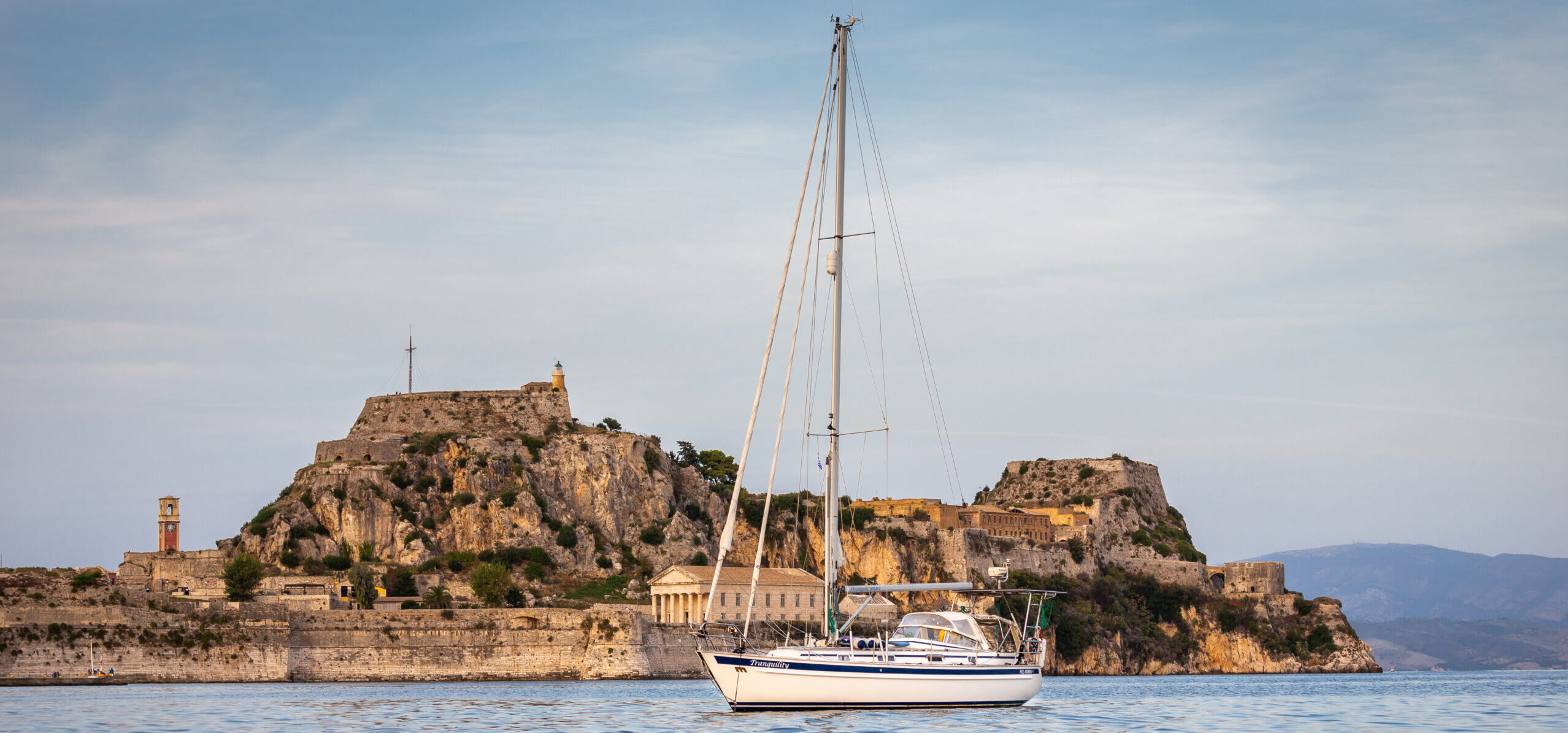

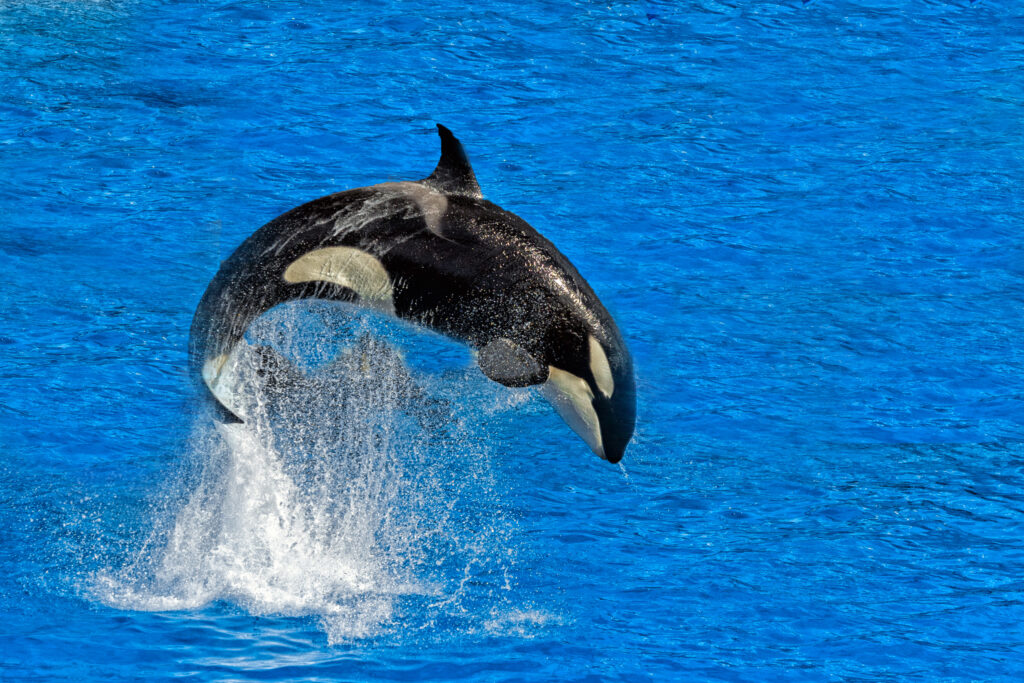

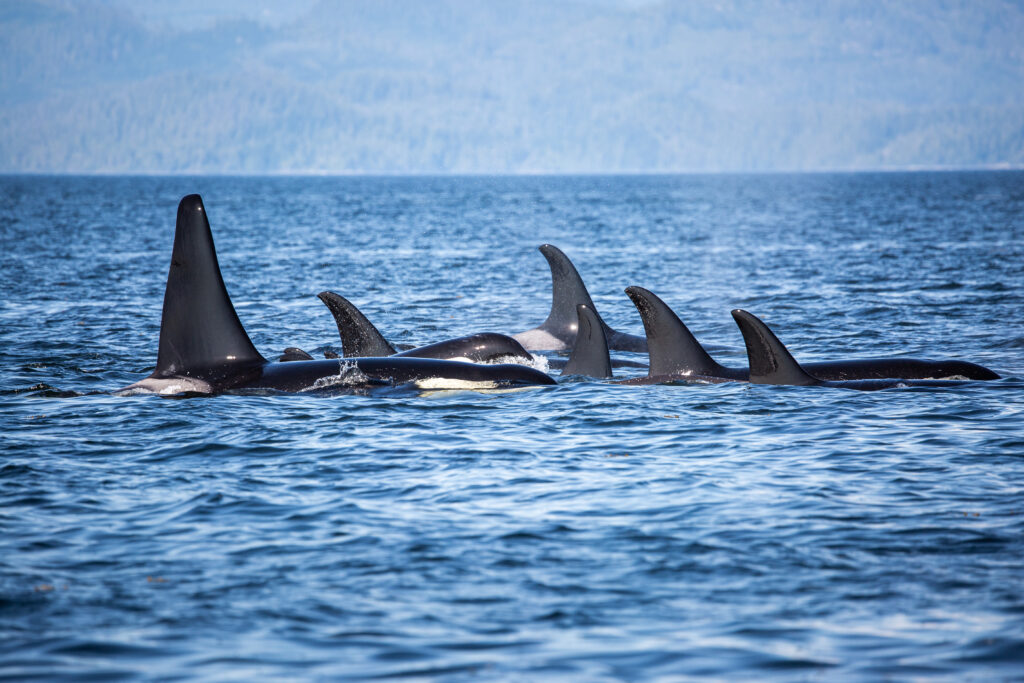


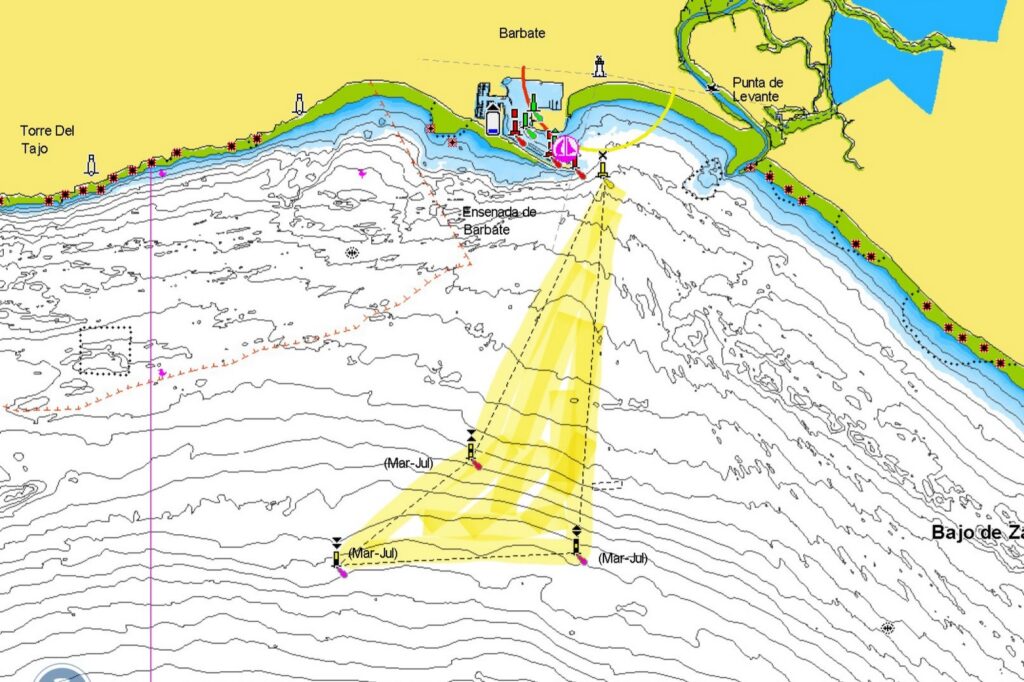
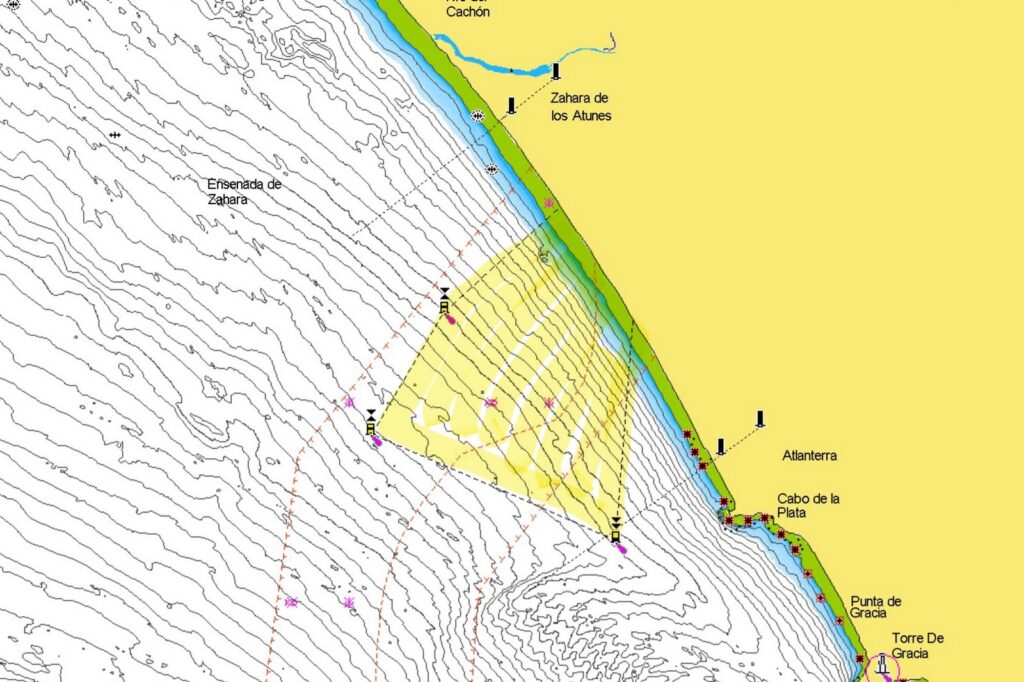
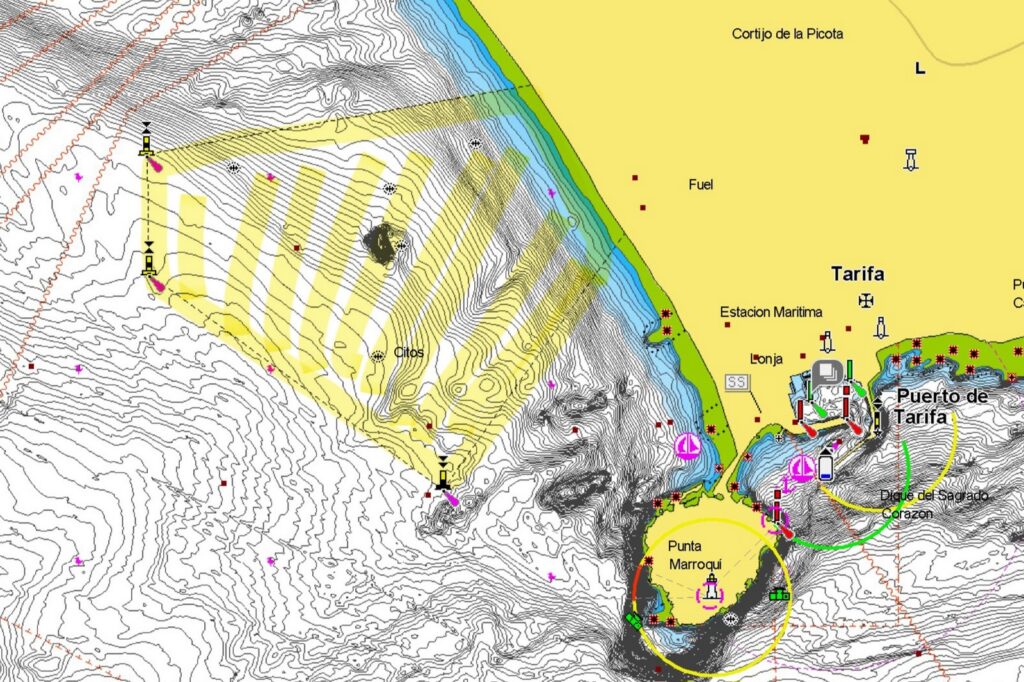



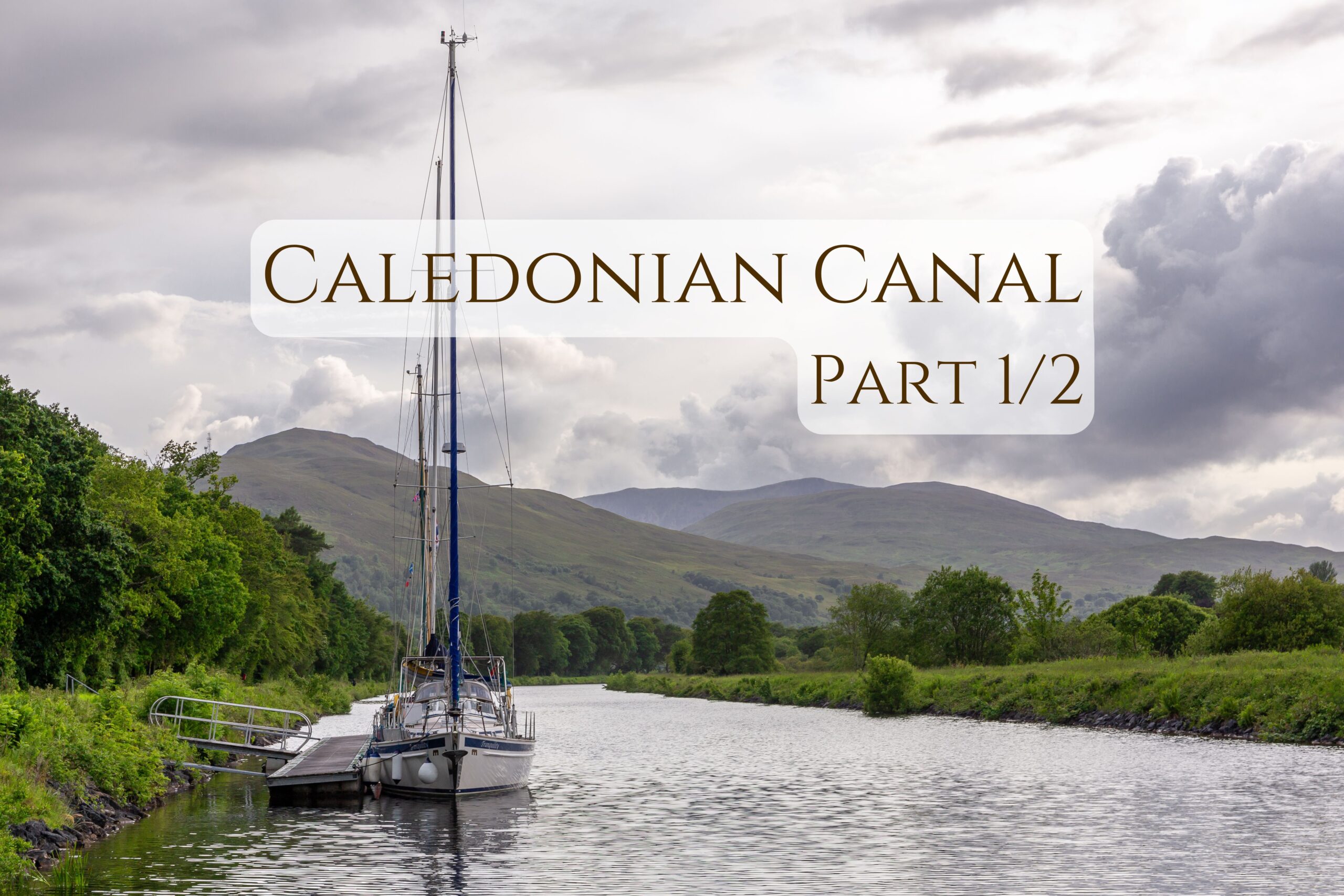

One response
Interesujaco I wyczerpująco napisany artykuł.